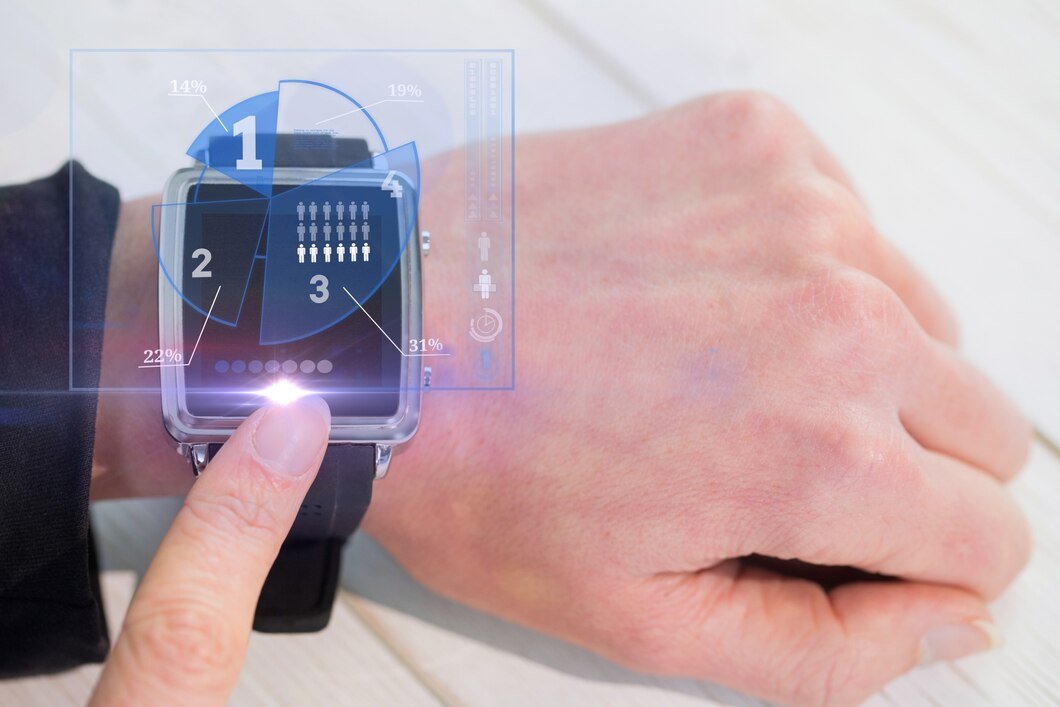Tech
Biometrics in Banking: Revolutionizing Security and Convenience in Financial Transactions

Biometric technology is transforming banking by enhancing both the convenience and security of financial transactions. Unlike traditional passwords or PINs, which can be easily lost or stolen, biometrics use unique physical traits—like fingerprints or facial recognition—to verify identities. This technology helps prevent fraud by ensuring that only authorized users can access their accounts.
In this article, we’ll explore what biometric verification technology is, how it’s applied in the banking sector, and delve into the specific benefits of biometrics in banking.
What Is Biometric Verification?
Biometric verification uses a person’s unique physiological or behavioral traits for authentication, making it difficult to steal or replicate. These traits can include fingerprints, facial features, voice recognition, and more. The biometric verification process has two main steps:
- enrollment
- and verification.
During enrollment, a user’s biometric data is captured and stored in a database for future reference. When the user later attempts to access a service, the system scans their biometric data and compares it to the stored information. If the data matches, access is granted.
What is Biometric Verification in a Bank?
Biometrics in banking involves using unique physical or behavioral traits, like fingerprints or facial recognition, to verify a customer’s identity and secure digital transactions. This technology has become a key component in the banking sector due to its high level of security and ease of use.
Most people encounter biometric verification when accessing or managing their accounts through mobile banking apps, where features like fingerprint or facial recognition help ensure that only authorized users can gain access to sensitive financial information.
Advantages of Biometrics in Banking
Biometrics are quickly reshaping how banks interact with customers, driven by the need to meet regulatory standards, enhance security, prevent fraud, and improve convenience.
Comply with Regulatory Requirements
Biometrics offer a significant advantage by helping banks comply with regulations like Know Your Customer (KYC) and Anti-Money Laundering (AML). These systems ensure precise customer identification, reducing the risk of non-compliance penalties and fostering a safer financial ecosystem.
Prevent Fraud
Beyond regulatory compliance, biometric verification serves as a robust defense against fraud. It secures transactions more efficiently than traditional methods and, when paired with multi-factor authentication (MFA), adds an extra layer of security, helping to prevent identity theft and other fraud-related incidents.
Provide Convenience
Biometrics also enhance customer convenience by eliminating the need for passwords and speeding up access to banking services. Traditional methods, like passwords and PINs, can be time-consuming and insecure. Biometrics streamline identity verification, reducing delays and improving the overall customer experience. This seamless process helps build customer confidence and simplifies onboarding, ensuring a smoother banking journey.
Future of Biometrics in Banking
The future of biometrics in banking is bright, driven by the growing demand for enhanced security and convenience. As banks continue to innovate, biometrics will play a central role in the industry’s evolution.
Let’s review the main trends that might define the future of biometrics in banking.
- Multimodal Biometrics: Using multiple biometric indicators, like fingerprints and facial recognition, for stronger security.
- Liveness Detection: Ensuring it’s the real person behind the biometric check with features like blinking or challenge-response tests.
- Biometric Data Security: Stricter regulations and enhanced privacy controls.
- Behavioral Biometrics: Analyzing user behavior patterns to boost security.
- Global Standardization: Creating universal standards for interoperability across institutions.
Conclusion
Biometric verification technology offers a powerful alternative to traditional methods like passwords and PINs, significantly enhancing security and convenience in banking. By leveraging unique biological traits such as fingerprints, facial recognition, or voice patterns, biometrics provides a more secure and personalized way to verify user identities. This technology not only strengthens the identity verification process but also helps prevent fraud, ensures compliance with regulatory requirements, and improves the overall user experience. Moving forward, biometrics will be crucial in balancing security with user-friendly experiences in digital banking.
-

 Tech1 year ago
Tech1 year agoHow to Use a Temporary Number for WhatsApp
-

 Business2 years ago
Business2 years agoSepatuindonesia.com | Best Online Store in Indonesia
-

 Social Media1 year ago
Social Media1 year agoThe Best Methods to Download TikTok Videos Using SnapTik
-

 Technology1 year ago
Technology1 year agoTop High Paying Affiliate Programs
-

 Tech10 months ago
Tech10 months agoUnderstanding thejavasea.me Leaks Aio-TLP: A Comprehensive Guide
-

 FOOD12 months ago
FOOD12 months agoHow to Identify Pure Desi Ghee? Ultimate Guidelines for Purchasing Authentic Ghee Online
-

 Instagram3 years ago
Instagram3 years agoFree Instagram Auto Follower Without Login
-

 Instagram3 years ago
Instagram3 years agoFree Instagram Follower Without Login



















